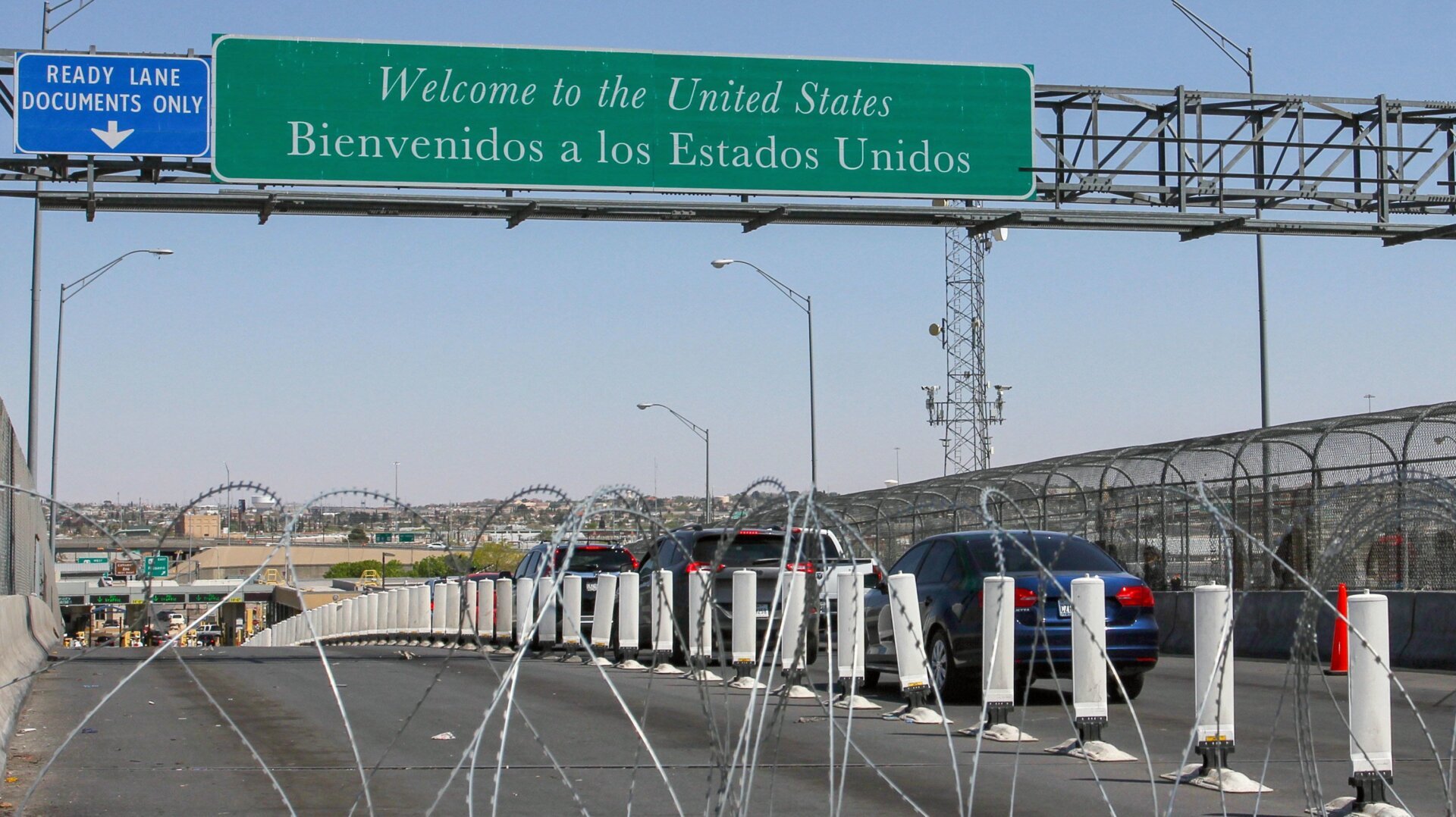The US Customs and Border Protection (CBP) is seeking to enhance its border surveillance capabilities by implementing facial recognition technology for all individuals entering the United States by vehicle. This initiative builds upon CBP’s existing surveillance infrastructure and reinforces the agency’s reliance on facial recognition as a core component of its border security strategy.
CBP’s Office of Field Operations Biometric Program Office recently issued a Request for Information (RFI) to technology vendors, seeking solutions for capturing high-quality facial images of vehicle occupants at land ports of entry. These images would be integrated with the Traveler Verification System (TVS), a pre-existing facial recognition system used by the Department of Homeland Security (DHS) at various entry points, including airports and pedestrian border crossings. This new system aims to create a two-tiered approach. The initial “Pre-Primary Zone” (PPZ) will utilize existing methods, comparing live photos with government databases. The subsequent “Primary Zone” will employ the new technology to analyze photos of those not biometrically confirmed in the PPZ.
CBP currently gathers extensive information at border crossings, including license plate data, scene photos, and biographical details, which constitute a “vehicle package.” The new technology will supplement this existing data, rather than replace it, aiming to enhance accuracy and efficiency. The RFI specifies requirements for the technology, including real-time feedback capabilities, the ability to distinguish between human and non-human passengers (such as pets), and the capacity to capture usable images even in challenging conditions, like passengers wearing hats or sunglasses or not directly facing the camera.
This is not CBP’s first venture into vehicle-based facial recognition. Last year, DHS’s Science and Technology Directorate issued a similar RFI, exploring facial recognition for vehicle occupants approaching border checkpoints. DHS has been testing this technology since 2016 at various locations, including the Anzalduas International Bridge, Nogales’ Mariposa Port of Entry, and Buffalo’s Peace Bridge Port of Entry.
CBP has justified its pursuit of facial recognition at vehicular crossings by citing a Congressional mandate to biometrically record all foreign nationals entering and exiting the United States. The agency also claims that this technology can prevent the fraudulent use of travel documents. However, a 2022 DHS postmortem report on the Anzalduas test, obtained by the Electronic Frontier Foundation (EFF), revealed that while the stated objectives were met, images were only successfully captured 76% of the time, with only 81% of those being usable. The RFI acknowledges these challenges, noting the difficulties posed by “human behavior, multiple passenger vehicle rows, and environmental obstacles.”
CBP’s expansion of facial recognition at the border raises several concerns. Dave Mass, director of investigations at the EFF, highlighted the potential for mismatches between individuals and their travel documents. Additionally, the real-time application of this technology to vehicles raises significant privacy issues. Mass warned that combining facial recognition with automated license plate readers could create “a massive surveillance dragnet,” tracking not only vehicle movements but also the identities of drivers and passengers. The Anzalduas postmortem report emphasized the need for CBP to “significantly increase” image capture rates. The current RFI aims to address this, seeking technology that can capture images of “100% of vehicle passengers,” supplementing the existing PPZ process.
The deadline for vendors to respond to the RFI is May 30.











